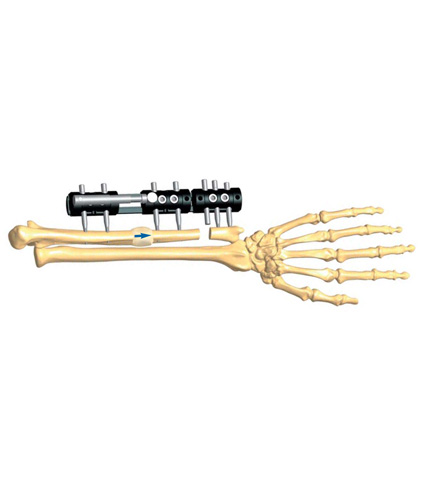LRS Pediatric
THIS INFORMATION IS FOR HEALTHCARE PROFESSIONALS ONLY
THIS INFORMATION IS FOR HEALTHCARE PROFESSIONALS ONLY
Bone loss in ulna, treated by bone transport with 55000 series fixator.


Foot and Ankle Charcot Reconstruction with External Fixation
Surgical reconstruction of foot and ankle Charcot with external fixation is especially useful in the presence of poor bone quality,Read MoreExpert Tips on How to Medically Diagnose Charcot Arthropathy
The diagnosis of Charcot neuroarthropathy of the foot and ankle can be challenging due to a lack of information inRead MoreThis website is reserved only for Healthcare Professionals and their staff. Therefore, the access to these information is denied to non professional audience.
